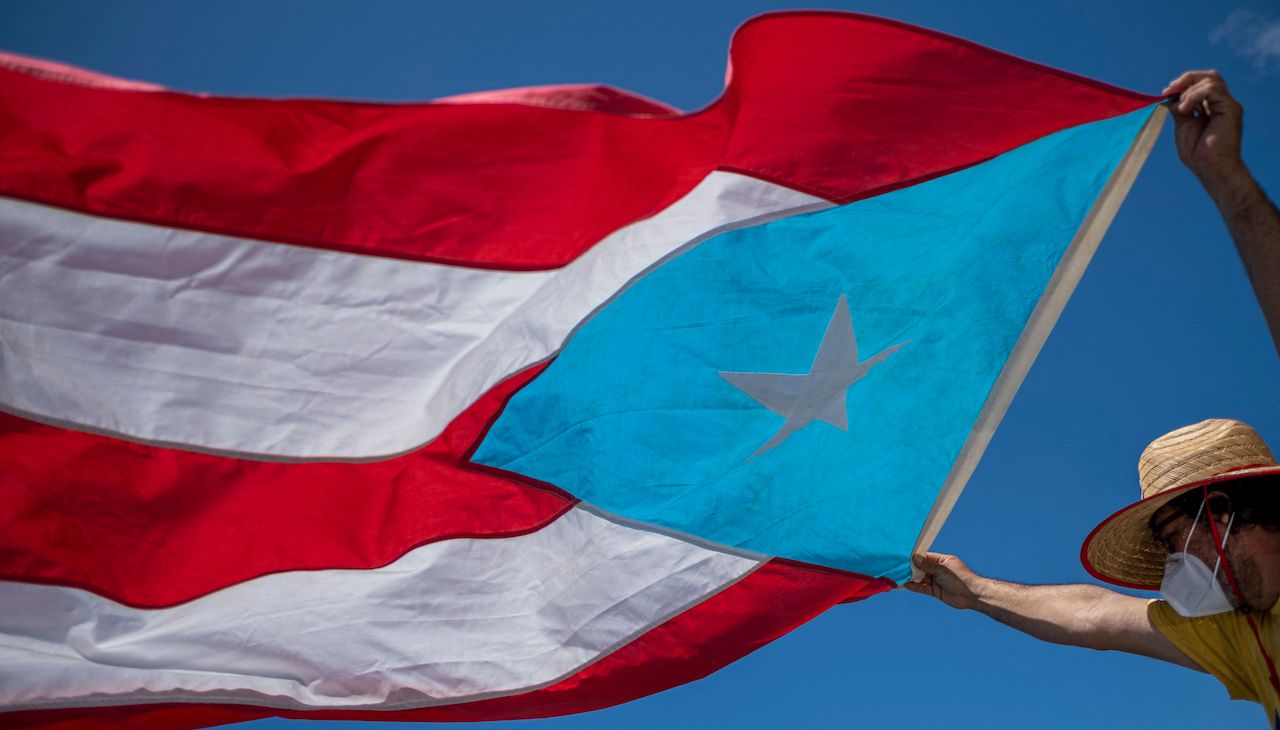
Tourists head to Puerto Rican island, Culebra, not knowing it lacks lifeguards and medical solutions
Known for its crystal clear beaches, Culebra has been gaining the attention of Americans from the Mainland, but it can be dangerous.
Flamenco Beach, Tamarindo Beach, and Larga Beach, are all located in the small, but beautiful island of Culebra, a municipality of Puerto Rico. The island has no hotels or big named restaurants, just wildlife, such as chickens and sea turtles.
CBS News reported that between 500,000 and 700,000 tourists visit the island yearly to do some snorkeling and relax on the island’s beaches.
The quaint island, just 17 miles outside of Puerto Rico and home to 1,800 residents, lacks medical emergency support or lifeguards for its locals.
Culebra’s mayor, Edilberto Romero Llovet, explained that the high cost of living on the island, such as inflation and high rent, has been making it hard to employ proper EMTs and medical professionals so its residents and tourists stay safe.
“I need paramedics, I need a doctor, and I need technical emergency services. I need those people to come work for us in Culebra,” he said to CBS News.
However, the mayor has been taking steps in order to protect its people. For example, there are bilingual signs anchored on its beaches to ensure that non-Spanish visitors know that there are no lifeguards on duty.
As Culebra continues to host tourists from all over the world, its mainland, Puerto Rico, has been demonstrating protests to dissuade tourists from entering and destroying its beaches.
RELATED CONTENT
Local environmental activists have been heading to Los Almendros beach in Rincon, Puerto Rico, in early July to protest the development of a condominium that is in the process of being completed.
The construction of the condo originally began last year, making this occurrence a devastating one for local residents.
Protestors from the University of Puerto Rico in Mayaguez spoke with The Guardian, to discuss the upsetting betrayal from developers who are continuingly plotting to create condos and other real estate schemes.
The protestors destroyed parts of Sol Y Playa condominium complex, which is being developed illegally due to improper environmental impact studies.
Puerto Rico is still reeling from both Hurricane Maria and Hurricane Irma in 2017, which caused damage throughout the island. Protestors are furious that developers not only have no remorse for the citizens of Puerto Rico, but are continuing to build on their land.
“Construction in the coast not only puts the marine-terrestrial zones and public domain in danger, but you’re also risking people’s lives in the properties,” Wilmar Vázquez, a member of the group In Defense of Our Beaches, said to The Guardian. “Hurricane María was an eye-opener and a step toward change.”
Protestors continue to stand up for the island’s beaches and urge developers to seize operations.











LEAVE A COMMENT: